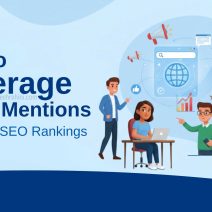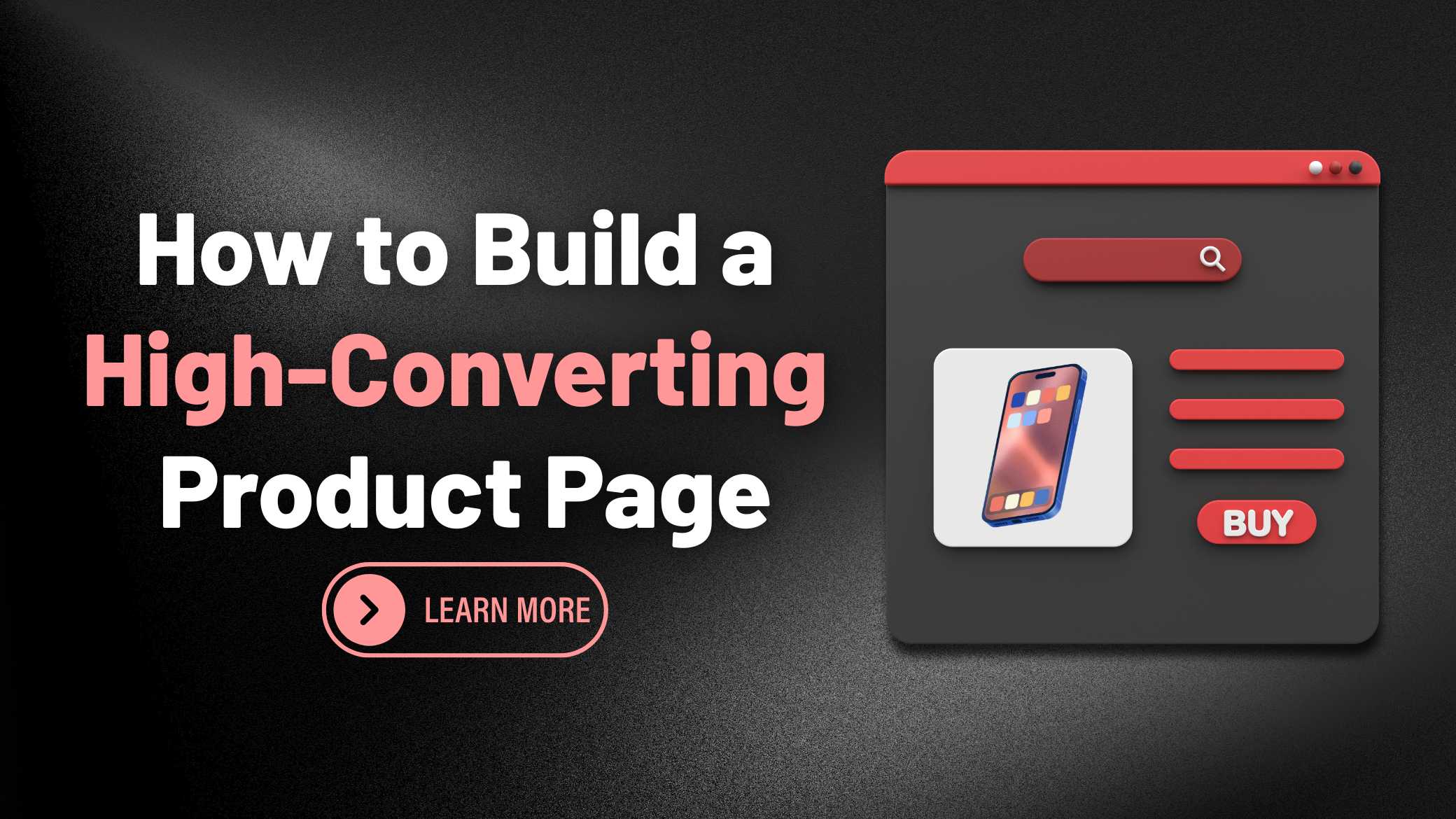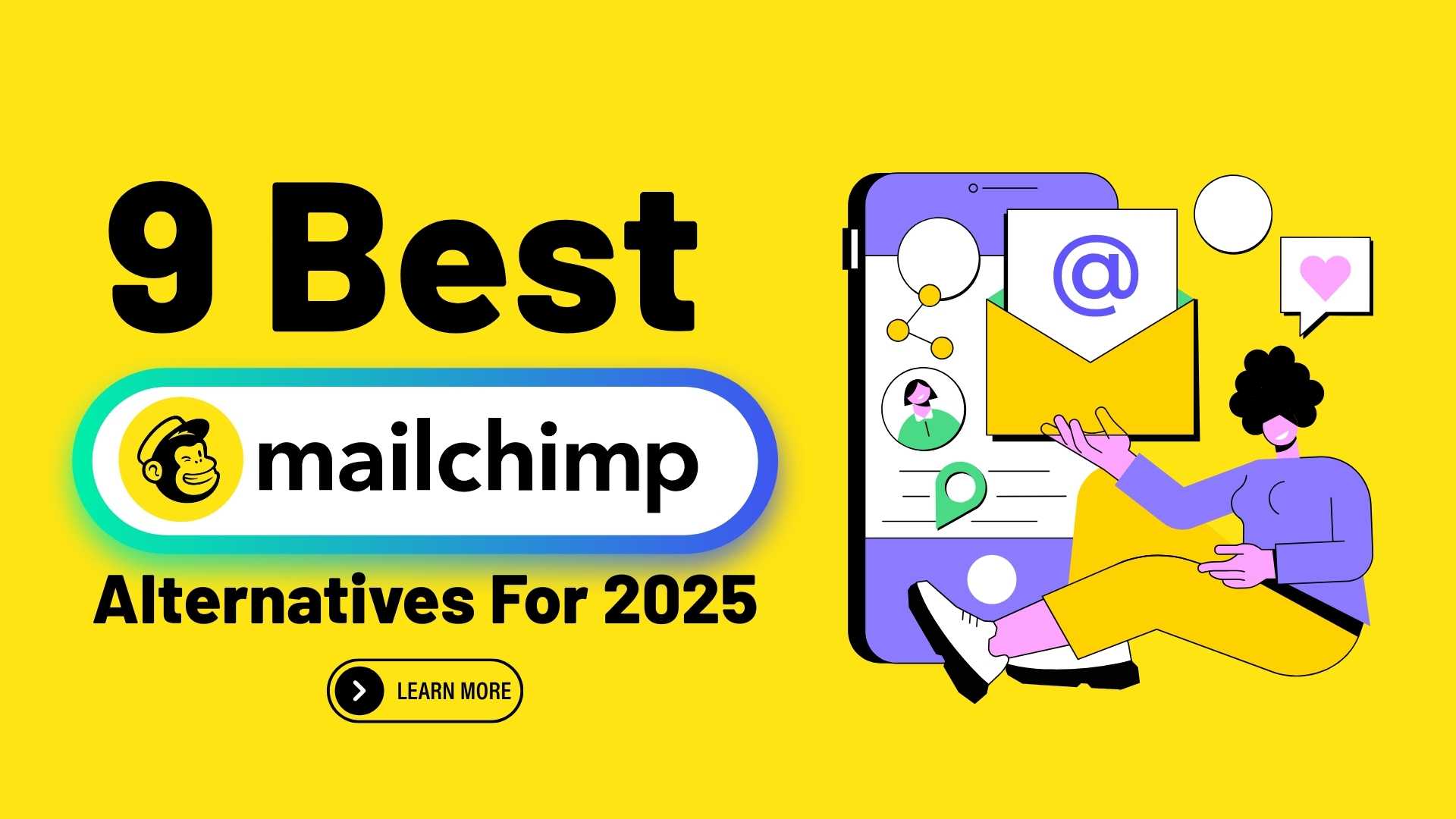Build a High-Converting Product Page : In the competitive world of eCommerce, your product page is more than just a description of what you’re selling—it’s the digital salesperson, the first impression, and often the deciding factor between a sale and a lost customer. A high-converting product page can dramatically increase your revenue, lower bounce rates, and improve your brand’s credibility. With 2025 ushering in new trends, technologies, and customer expectations, building a product page that truly converts requires strategy, insight, and precision.
Table of Contents
This comprehensive guide will walk you through everything you need to know about creating a high-converting product page in 2025, complete with modern techniques, proven best practices, and optimization tips that align with high-search-intent keywords.
Also Read : Top 5 Dropshipping Websites 2025
Why Product Page Optimization Matters in 2025

As the number of online shoppers continues to grow, so does the competition. The average attention span is shrinking, and users expect immediate value. In 2025, with mobile commerce and AI-powered recommendations taking center stage, your product page must do more than just inform—it must persuade, reassure, and convert. Product page optimization isn’t just about aesthetics; it’s about understanding customer psychology, leveraging data, and using eCommerce UX design principles that guide users toward purchase.
Key reasons product page optimization is critical:
- Increases conversion rate
- Enhances user experience
- Reduces bounce and exit rates
- Improves SEO rankings
- Boosts customer trust and engagement
Essential Elements of a High-Converting Product Page
To create a product page that converts, you need to focus on both the technical and emotional aspects of the customer journey. Let’s explore the essential elements that must be included:
1. Compelling Product Title with Targeted Keywords
The product title is often the first thing a user notices. In 2025, SEO-optimized, clear, and descriptive product titles are key for both search visibility and user clarity. Incorporate long-tail keywords that customers are actually searching for.
Example:
Instead of “Smartwatch,” use “Fitness Smartwatch with Heart Rate Monitor & Sleep Tracker – Waterproof Design”
2. High-Quality Product Images & Videos
Visuals remain the strongest conversion tool. High-resolution images from multiple angles, zoom functionality, 360-degree views, and lifestyle photos help users visualize the product. In 2025, short product demo videos and AR (Augmented Reality) views are becoming standard for high-performing product pages.
Tips:
- Include at least 5 high-res images
- Use video thumbnails to reduce bounce
- Add user-generated content (UGC) visuals when possible
3. Clear and Persuasive Product Descriptions
Gone are the days of bland copy-paste descriptions. In 2025, consumers want detailed yet scannable content. Use bullet points, bold text for features, and persuasive storytelling that emphasizes benefits over features.
Best practices:
- Break long text into digestible sections
- Highlight unique selling propositions (USPs)
- Address common pain points and solutions
4. Social Proof: Reviews and Ratings
One of the top conversion factors in 2025 is social proof. Displaying verified customer reviews, ratings, and testimonials helps build trust. Adding video reviews or images submitted by real users significantly boosts conversions.
Pro tip: Use review snippets in your schema markup to increase visibility in G SERPs.
5. Urgency and Scarcity Triggers
FOMO (Fear of Missing Out) remains an effective strategy. Add urgency and scarcity triggers like:
- “Only 3 left in stock”
- “Flash Sale – Ends in 2 hours”
- “Limited Edition Product”
Be authentic. Fake scarcity can harm brand credibility.
6. Pricing Transparency and Discounts
Clearly display pricing, discounts, and offers. In 2025, users expect real-time price comparisons, MRP (original price), and % off calculations. Use dynamic pricing widgets or timers to create urgency.
Example:
“₹2,999 ₹4,999 – Save 40% + Free Shipping Today!”
7. Prominent Call-to-Action (CTA)
Your “Buy Now” or “Add to Cart” button should be bold, contrasting, and strategically placed. Don’t hide the CTA below the fold. Make sure it remains sticky on mobile.
CTA tips:
- Use action-driven text like “Get Yours Now” or “Secure Your Deal”
- Test different colors and positions using A/B testing
8. Shipping and Return Information

Lack of transparency on delivery times and return policies is a major reason for cart abandonment. Always display:
- Estimated delivery date
- Free shipping info
- Return and refund policy
- COD (Cash on Delivery) availability
This reassurance can drive hesitant buyers to complete the purchase.
9. Mobile Optimization
With over 70% of eCommerce traffic now coming from mobile, your product page must be lightning-fast and mobile-friendly. In 2025, Core Web Vitals are a strong SEO and UX ranking factor.
Checklist:
- Fast loading speed (under 2 seconds)
- Responsive design
- Easy-to-click buttons
- Lazy loading for images
10. FAQ Section
Answering common questions directly on the product page can reduce friction and increase buyer confidence. FAQs should be SEO-optimized and based on actual customer inquiries.
Example questions:
- Is this product compatible with XYZ?
- What is the warranty period?
- How long does shipping take?
Advanced Strategies for Higher Conversions in 2025
Once the basics are in place, apply advanced tactics to stay ahead of competitors and maximize your eCommerce conversion rate.
AI-Powered Personalization
Use AI tools to personalize the product page experience based on user behavior, location, or purchase history. Show recommended products, dynamic pricing, or custom offers.
Benefits:
- Increases AOV (Average Order Value)
- Improves engagement rate
- Reduces bounce
A/B Testing for Continuous Improvement
Test different headlines, images, CTAs, and layouts. Use tools like G Optimize, VWO, or Hotjar to gather insights. What works for one product might not work for another.
Test variables:
- Product title formats
- Button colors and placement
- Use of trust badges or security icons
Integrating Chatbots & Live Support
Adding a chatbot or live support widget directly on the product page helps answer last-minute doubts and reduce abandonment. In 2025, AI-driven bots offer 24/7 support and multilingual assistance.
Common uses:
- Size or fit recommendations
- Shipping and delivery queries
- Discount eligibility
Exit-Intent Popups
If a user is about to leave the page, trigger an exit-intent popup with an incentive like:
- 10% discount
- Free shipping
- Limited-time coupon code
This simple trick can recover a significant portion of abandoning users.
Leverage Schema Markup for Rich Snippets
Use product schema and review schema to enhance your visibility in search results. Rich snippets with star ratings, pricing, and availability info increase click-through rates and drive qualified traffic.
Examples of High-Converting Product Pages
Studying successful eCommerce brands can offer inspiration:
- Apple: Clean layout, persuasive headlines, beautiful product imagery, and minimal clutter.
- Nike: Lifestyle imagery, real-user reviews, size guides, and animated product showcases.
- Amazon: Detailed specs, comparison charts, FAQs, and massive user-generated content.
Common Mistakes That Kill Conversions
Avoid these pitfalls that often plague low-converting product pages:
- Low-quality or stock images
- Vague or generic product descriptions
- Hidden fees or surprise shipping costs
- Lack of trust signals (badges, reviews)
- Poor mobile experience
- No clear return policy
Tools to Optimize Your Product Page
Here are some popular tools in 2025 to streamline product page optimization:
- Canva or Figma – For creating custom product graphics
- Hotjar or Crazy Egg – For heatmaps and scroll tracking
- Semrush or Ahrefs – For keyword optimization
- Loox or Judge.me – For review collection and display
- Shopify Apps / WooCommerce Plugins – For real-time urgency timers, trust badges, and sticky CTAs
Final Checklist for a High-Converting Product Page in 2025
- SEO-friendly title and URL
- High-quality images & product demo videos
- Clear and benefits-focused description
- Social proof: Ratings, reviews, UGC
- Dynamic pricing and discounts
- Urgency elements (stock, timers, flash sale)
- Prominent, sticky CTA
- Shipping, return, and payment transparency
- Mobile responsiveness and fast loading
- FAQs based on actual user queries
- A/B tested elements for ongoing optimization
- Personalized offers or recommendations
Build a High-Converting Product Page – Conclusion :

In 2025, a high-converting product page isn’t just a luxury—it’s a necessity for scaling any successful eCommerce business. By integrating persuasive content, advanced user experience tactics, and AI-driven personalization, you can create product pages that not only attract traffic but consistently convert visitors into loyal customers.
Buy Now : Ecommerce Website With 100 Products
The secret lies in blending science and storytelling, analytics and empathy. Focus on delivering value, reducing friction, and guiding the user toward action. Stay updated, keep testing, and never stop optimizing.
Keywords : Build a High-Converting Product Page – Build a High-Converting Product Page 2025 – Build a High-Converting Product Pages








